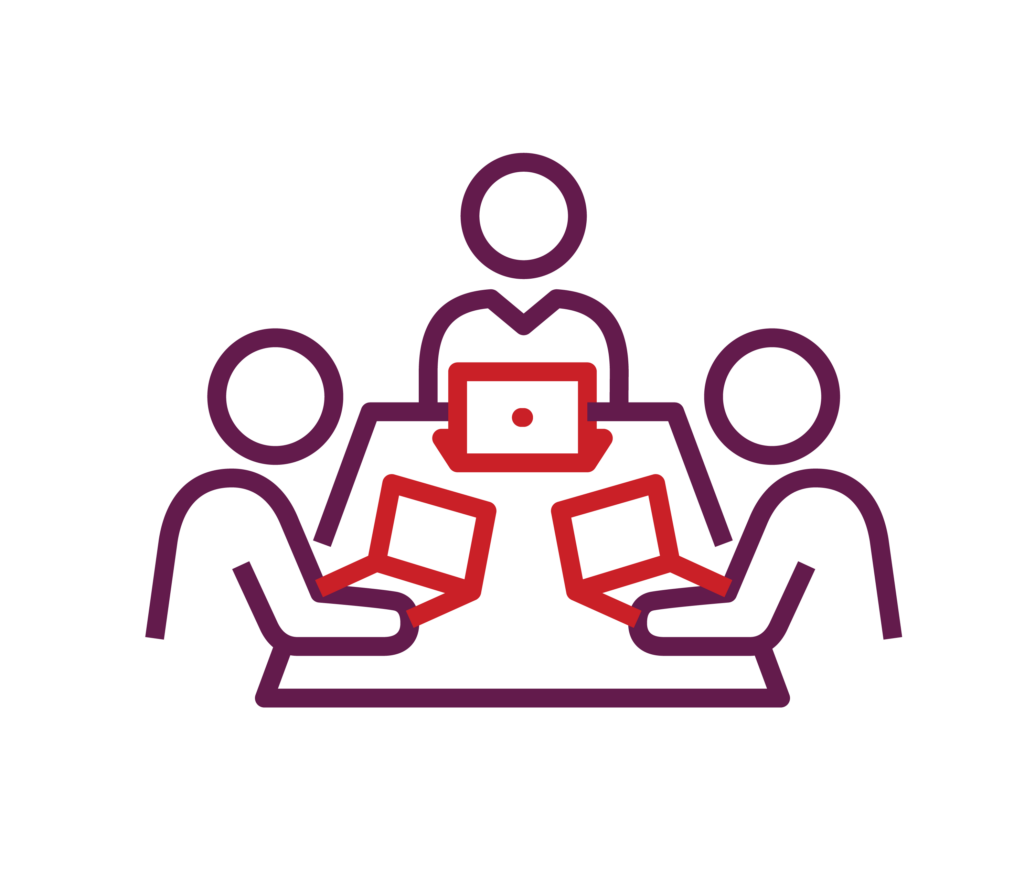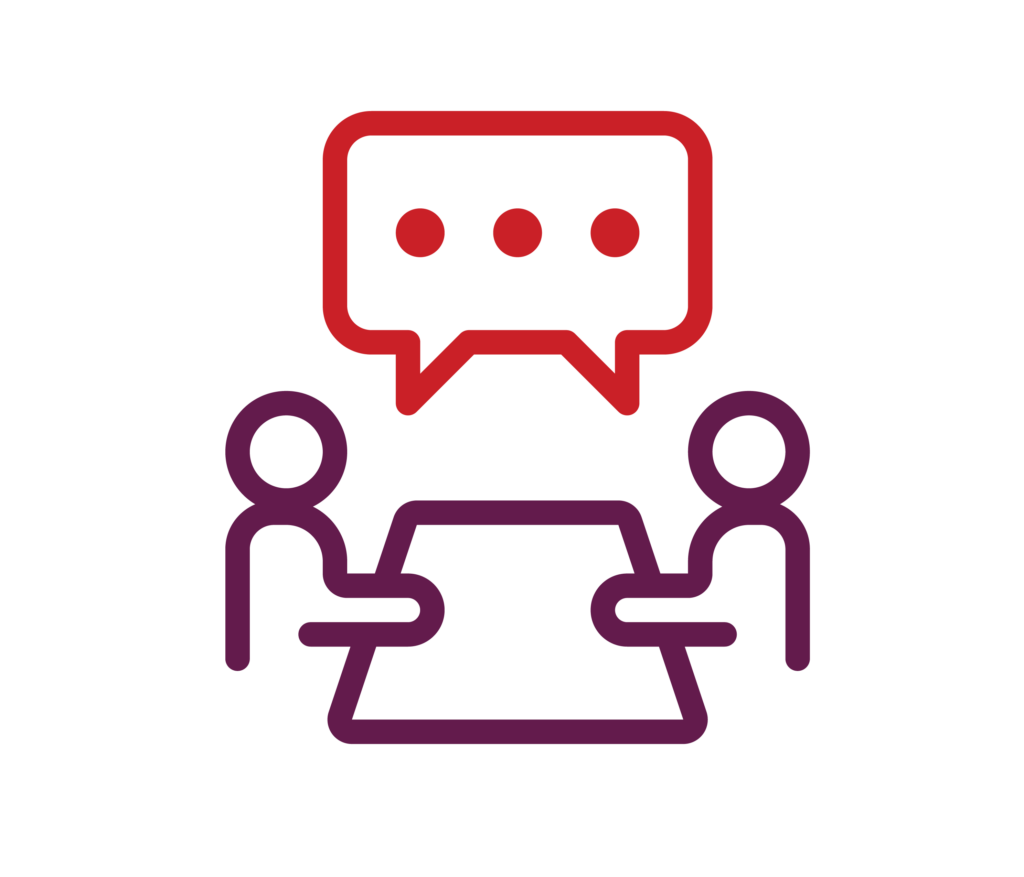Market Connections
Collecting data and feedback from your audience to periodically assess specific aspects of your brand’s perception and performance is vital to growth. While you might think you have a crystal clear view of how your brand is perceived, taking the additional step into researching customer perceptions and even bringing in a third-party viewpoint can make up for potential biases and fill in gaps.
Here are four advantages to brand tracking:
- Deeper Brand Awareness – Gauging where your brand stands among your target audience through the tracking of metrics like brand recognition, recall, and aided/unaided awareness is crucial for successful marketing efforts. A deeper understanding of how your brand is perceived helps cultivate holistic communication between sales and marketing.
- Monitoring Brand Health – By tracking specific metrics like customer satisfaction, loyalty, and advocacy, you can understand how your brand is performing over time. With a brand study, identifying targeted “unhealthy” areas needing refinement helps inform the next steps for marketing and sales strategies.
- Competitive Analysis – Benchmarking your brand’s performance against competitors in specific attributes will help you understand your competitive position and identify opportunities or threats in the market. How can you improve if you don’t know where you stand?
- Identifying Market Trends – Brand tracking data reveals shifts in audience preferences and market trends. The information is valuable for adapting your brand strategy and staying ahead of competitors. Exposing gaps in market understanding helps create more effective marketing, sales, and communications programs, too.
What research method is right?
The appropriate methodology for your study – quantitative, qualitative, or hybrid – is based on your specific study objectives, audience sizes, types of available lists, and geographic considerations, to name a few.
- Quantitative – Involves collecting and analyzing numbers and raw data by surveying specific audiences to describe characteristics, explore potential correlations, answer questions, and test hypotheses.
- Qualitative – Ideally suited to achieve a deeper understanding of the opinions, motivations, frustrations, and priorities of your target audience and typically done through methods like focus groups and in-depth interviews.
- Hybrid – For when a mixed approach using both qualitative and quantitative methods is needed.
Check out our Sample Brand Health Survey to learn how you can discover more about your brand.
By Elizabeth Armet, Senior Director, Research Strategy
Qualitative research is ideally suited to gain a deeper understanding of the opinions, motivations, frustrations, and priorities of your target audience. There are numerous ways to achieve this level of understanding, primarily through focus groups and in-depth interviews (IDIs). Both methods can be highly effective at uncovering and unlocking valuable insights.
Focus groups
Using a predetermined set of questions that allow ample room to dive into previously uncharted yet relevant issues, a professional moderator encourages and manages an open discussion and the cross-pollination of ideas among the participants. While the size of the group can vary, most groups include 6-10 participants. The group may be conducted either in-person at a professional focus group facility or at other venues such as at a conference or convention; or else online. The number of groups depends on the audience type and the goal of the research; but in general, two groups are better than one. The second group serves as a confirmation (or dissension) of the first group’s findings and also provides the opportunity to delve into any additional issues or ideas that unexpectedly came up during the first group.
In-depth interviews (IDIS)
In-depth interviews are one-on-one discussions conducted by phone or an online platform such as Zoom or Google Meet. Like focus groups, they also follow a predetermined yet flexible guide and may last anywhere from 20-60 minutes. The total number of IDIs may vary, and depends on the audience type, with 10-15 interviews per segment as a reasonable amount. IDIs are a great tool when targeting a very specific decision-maker or executive that is harder to reach. The one-on-one format of IDIs is also well suited to topics of a sensitive nature, or when the participant seeks to avoid sharing information with a possible competitor.
Which method do you choose?
Typically, the specific circumstances of your research project will dictate whether focus groups, in-depth interviews, or perhaps even a combination, is most appropriate.
Focus groups are recommended for the following situations:
- Eliciting deeply held opinions and beliefs
- Obtaining detailed information from a small and potentially diverse group of individuals
- Evaluating a concept, message or ad
- Assessing a product or service
On the other hand, IDIs are recommended over focus groups in the following situations:
- The research requires the input of decision-makers from competing firms (who are often unwilling to talk openly in front of one another).
- The target audience is comprised of very high-level and/or extremely busy professionals, such as corporate executives or medical specialists, and may be unwilling to travel to a research facility at a specific time.
- The discussion topics are sensitive or personal in nature.
It is important that you and your research firm weigh each option carefully when determining the most effective qualitative method for your particular needs. Indeed, some studies may benefit by utilizing both approaches, based on the nature of the target audience. Market Connections works together with our clients to create the best strategy to get the answers they need with qualitative research.
By Jonathan Sanders, Director, Research, GovExec
According to GSA, all agencies using Networx, WITS 3, and Local Telecommunications contracts must transition to Enterprise Infrastructure Solutions (EIS) contracts or another vehicle. The next phase of the transition is November 1, 2022 – May 31, 2023 when contractors disconnect agencies without MOUs.
The Enterprise Infrastructure Solutions (EIS) is a multiple award, indefinite delivery, indefinite quantity (IDIQ) contract vehicle. It is a comprehensive solutions-based contract vehicle to address all aspects of federal agency needs for the next-generation of information technology (IT), telecommunications, and infrastructure services.
It covers services including voice, data transport services, hosting services, cloud services, contact center services, managed services (inclusive of managed security services), wireless, commercial satellite, cable & wiring, service related labor, and service related equipment. In addition, EIS gives agencies and contractors the flexibility to customize task orders to meet unique requirements.
The most recent contractor to receive an award is BT Federal Inc. The Bureau of Information Resource Management funded the award, which has a potential value of $1.9 billion, representing one of BT Federal Inc.’s largest wins to date.
BT Federal Inc. joins a growing list of awardees thus far on the EIS Vehicle:
- Verizon Business Network Services LLC
- AT&T Corp
- Lumen Technologies Government Solutions
- Manhattan Telecommunications Corporation
- Granite Telecommunications
- Core Technologies Inc
- L3Harris
- Comcast Government Services LLC
Insights, Research, and YOUR Path to More Awards
As agencies continue transitioning to EIS and other vehicles, GovExec’s Insights & Research Group (comprising Market Connections, Government Business Council, and Leading Brands) & GovTribe can keep you up to date on what is happening in this rapidly changing contract environment.
GovTribe is a collaborative platform that lends business development teams a hand through research and tracking of contracting vehicles as well as targeted intelligence on GSA Federal Supply Schedules, GWACS, IDIQs, and other multiple award vehicles.
Combining the data, insights, and expert analysis you get at Market Connections with the ease, agility, and usability of GovTribe can help you strategically position yourself right where you want to be for future opportunities.
Questions? Please reach out to Jonathan Sanders at jsanders@govexec.com.







